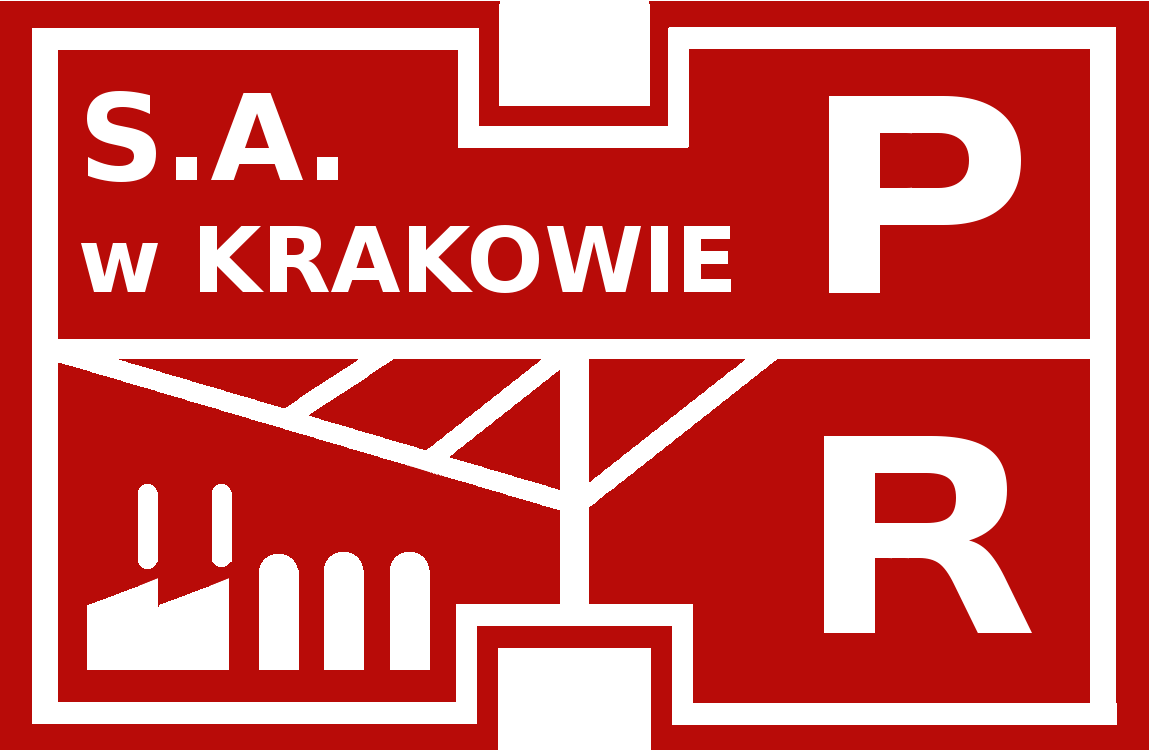The Repairs Unit in Lenin Steelworks in Krakow was established on 1 January 1962 and was subject to the Metallurgical Reconditioning Company (HPR) in Katowice. The unit was brought to life by a regulation of 16 October and 20 November 1961 signed by the Minister of Heavy Industry and the Chief Executive of Iron and Steel Metallurgy Union. In fact, two different departments of Lenin Steelworks laid the groundwork for the Repairs Unit. These were: the By-Production Unit and the Metallurgic Furnace Repair Unit. The time between 1962 and 1968 was a period of rapid organizational expansion in terms of the services provided as well as hired staff: at the moment of setting up, there were 780 workers in the Repairs Unit. In 1968 it could boast of having 4000 people. Employing a crew of 4000 workers was by all means quite a challenge. At that time the constitution guaranteed the policy of maintaining 100% employment even if work efficiency was low. Therefore, hiring a few thousand workers required a lot of creativity.
History
In this period there were 18000 workers hired by HPR in Katowice while Krakow branch was employing 4500 people. This accounted for 25% of the crew working for the whole HPR. During this 10-year period the company was constantly suffering from the lack of employees who were necessary to carry out repairs not only in Lenin Steelwork but in the whole metallurgic industry which was being modernized at that time. The lack of staff was even more noticeable because, in order to maximize manufacturing of metallurgic products, aggregates were working at their full capacity and were therefore excessively exploited. As a result, HPR in Krakow made a decision to employ the youth from the whole country. In 1973 the 17-4 Voluntary Labor Corps was established. It grouped from 320 to 400 young workers who were doing military service at the same time.
In 1978 the company had 4743 workers. However, if we add all hall-time employees of Lenin Steelworks, the number would rise to 5150 people. It was the highest employment rate in the history of Krakow HPR, dropping only a bit between 1978 and 1981. At the end of the 1980s, the crew of Krakow HPR became more and more involved in building Katowice Steelworks. In 1981 the company started to optimize the level of employment. What is more, the work was being facilitated with innovative technological solutions. All these factors resulted in a constant decline in the number of workers: there were 3800 people hired in the years 1979-1987 and 3500 in 1988 and 1989.
The year 1989 in Poland is definitely a symbol of censorship in the rules of economic activity. Free market began to develop, competition in construction and assembly field was growing while the rules of new economy started to determine actions taken by still state-governed but soon-to-be independent company. The number of employees was limited to 2700. Such a significant reduction was carried out through updating economic relations. Services such as using worker’s hostels and transport to work were charged since then. These new technological and organizational conditions enabled 300 remaining workers to improve their performance; they managed to sell more services than a crew of 4000 people in the past. Working conditions were highly improved. This was a consequence of, for instance, shutdown of an open-hearth steel mill, dismantling of some agglomeration belts and other objects. What is more, in 1990 Lenin Steelworks was renamed Tadeusz Sendzimir Steelworks. Restructuring and new organization of Krakow HPR introduced in 1991 made most of its workers shareholders in the corporate stock of the employee-owned company.
The company entered the 21st century as the main entity in the HPR Capital Group with a modern structure and an efficient managing system. These years marked the appearance of some innovative technological solutions which were developed by HPR S.A. and subsequently applied in significant metallurgic and industrial projects. The following projects are the best examples of the success: major modernization of the iron blast furnace no 5 in the T. Sendzimir Steelworks in Krakow (currently ArcelorMittal Poland SA Unit in Krakow) or construction of a walking beam furnace in the new hot rolling mill in ArcelorMittal Poland SA Unit in Krakow. Using some unique technology in these cases led to efficient and prompt execution of the scheduled works.
Despite tough economic conditions connected with the international crisis, recent years have brought a rise in profitability, separation of some company sections as well as optimization of the costs. Entities included in the Capital Group have been carrying out projects for foreign contractors in Germany, Sweden and Slovakia. At the same time HPR S.A. was running numerous projects in the country, such as construction of the Thermal Waste Treatment Plant in Krakow and modernization of pyrometallurgy in the Głogów Copper Smelter.
